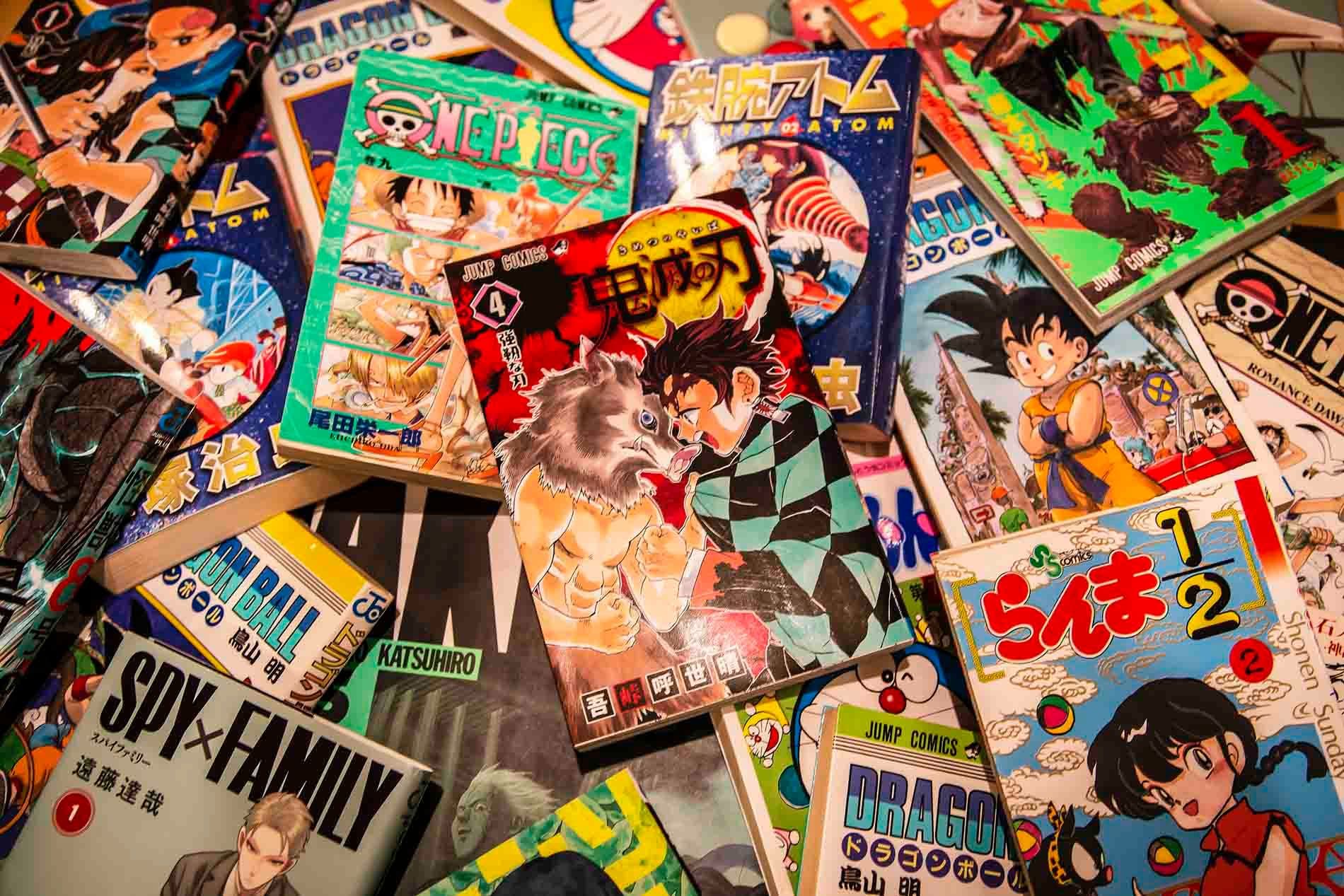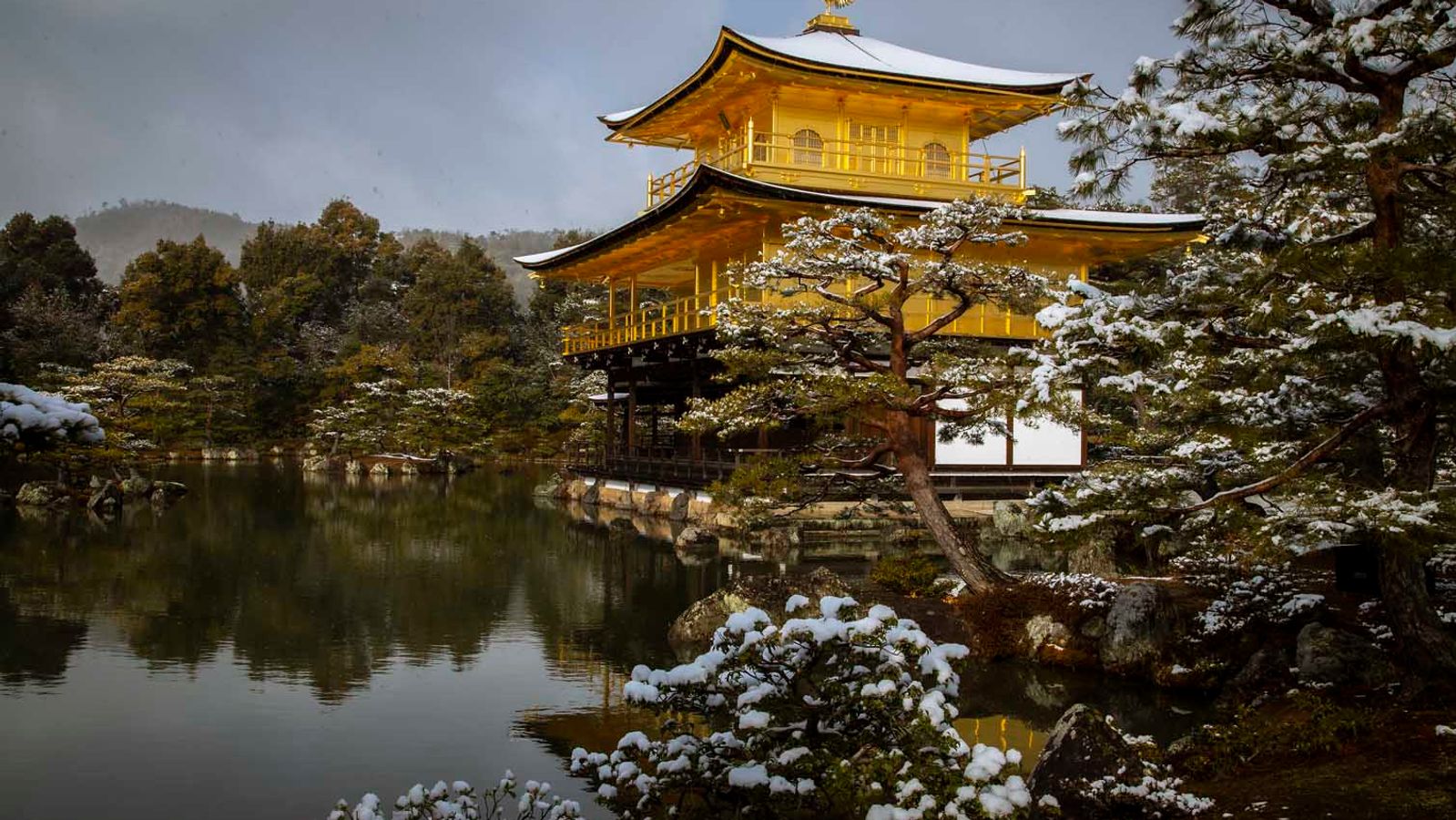

Table of contents:
Tourists usually come to Kyoto to see the best temples in Japan. So they should. They're the best in the country! These are the historical places you should see if you're only Kyoto for a short time.
1) Kinkaku-ji (The Golden Pavilion)
Opening hours: 9:00am – 5:00pm
Address: 1 Kinkakujicho, Kita Ward, Kyoto, 603-8361
Entry fee: Adults – ¥400, Children - ¥300
Crowd level: very high
Transportation Access: Local bus
This is by far Kyoto’s most famous temple. It’s iconic! Looking for a photo to show off to your friends on social media? This is the place to do that.
Located in the north of the city, Kinkaku-ji, otherwise known as the Golden Pavilion. A Zen temple, and a National Special Historic Site, is one of the city's most popular attractions. Therefore, it shouldn’t be surprising to hear that this temple is ALWAYS busy and usually packed with tourists from all over the world. If you want to beat the crowds, I advise that you get there either early in the day or close to closing time.
The temple is famous for its three-story gold-leaf main hall, which creates a brilliant glowing reflection off the pond that it sits by. Like all temples around Japan, the building has gone through multiple reconstructions (wood doesn’t last forever). The most recent renovation was conducted in 1950 after an arson attack.
The modest entry fee allows visitors at Kinkaku-ji to make their way around the temple grounds and see the main hall. Besides the temple, the grounds maintain stunning Buddhist Zen gardens. The peacefulness of this location makes it a popular photographic location for both foreign and Japanese tourists.
2) Kiyomizu-dera (Kiyomizu Temple)
Opening hours: 6:00am – 6:00pm
Address: 1Chome-294 Kiyomizu, Higashiyama Ward, Kyoto, 605-0862
Entry fee: Adults – ¥400
Crowd level: very high
Transportation Access: Local bus

If you only have between 24 to 48 hours to spend in Kyoto, this place should be on your “must-see-list”. Located high on a hill in the eastern part of Kyoto city is Kiyomizu-dera, one of Kyoto’s most distinguishable Buddhist temples, built in 778 AD. It is a listed UNESCO World Heritage Site, and therefore one of Japan’s great national treasures.
After entering the temple, you are greeted by a large wooden stage in the temple’s main hall that overlooks the city and its surrounding mountains. Below the stage is the Otowa Waterfall, which runs underneath the main hall and inspired the temple's name. However, it is the walkway across from the stage that you want to get to see the famous view of the temple and get some photos. Visitors to the temple are welcome to drink from the waterfall's three streams, which are said to provide long life, wealth, or love. The temple also has the Jishu Shrine, which is dedicated to the god of love and matchmaking, as well as the Okunoin Hall, which displays Buddhist sculptures and relics.
It should be noted that Kiyomizu-dera is not easily accessible to everyone. There are many shops that line a narrow street (shoutengai) leading to the temple, and thus cars are not allowed past this point. In addition, the hill is rather steep and some tourists with disabilities or health issues will find this a punishing walk. However, for those who are able, it is well worth the trek.
3) Sanjusangen-dou
Opening hours: 8:00am – 5:00pm
Address: 657 Sanjūsangendōmawari, Higashiyama Ward, Kyoto, 605-0941
Entry fee: General admission – ¥400
Crowd level: high - very high
Transportation Access: City bus
This temple is a personal favorite of mine as it stands out from the rest. A Buddhist temple in Kyoto's Higashiyama district (east of the city), Sanjusangendo is famous for three reasons:
- It houses 1001 statues of Kannon, the Buddhist goddess of mercy.
- Its long narrow hall holds one of Japan's biggest wooden constructions.
- The large wooden hall was constructed without using a single nail (allows structural movement in earthquakes)!
The main attraction of this temple is the 1001 statues of Kannon, which are made of wood and covered in gold leaf and are arranged in rows on each side of the hall's central aisle. Each statue has a unique face! It is said that if you look hard enough amongst the statues, you will find a face that resembles your own. The temple also houses a number of other cultural objects, including a large statue of the Buddha and 14 Japanese National Treasures.
The Sanjusangendo Temple was founded in 1164 and is linked to Japanese archery (kyudo). Once a year (the second Sunday of January), the temple hosts a 700-year-old archery tournament, which is held during the ‘coming-of-age’ ceremony (held for local young people turning 20 years-old). Archers from all around Japan compete in a wooden bow-and-arrow contest on the first Sunday of January.
The temple is a popular tourist destination known for its beautiful architecture and serene setting. Visitors may see the temple grounds, cultural relics, and tea traditions.
4) Kennin-ji
Opening hours: 10:00am – 5:00pm (March – October), 10:00 – 16:30 (November – February)
Address: 657 Sanjūsangendōmawari, Higashiyama Ward, Kyoto, 605-0941
Entry fee: Adults – ¥500, Students - ¥300
Crowd level: low - medium
Transportation Access: City bus & train (Hankyu line & Keihan line)

If you are looking for a true ‘Zen’ Japanese experience, I strongly recommend this temple. A Zen Buddhist temple in the heart of Kyoto's famous Gion neighborhood, which is home to Kyoto’s Geisha. Kennin-ji is one of Kyoto's oldest temples, founded in 1202. The temple is known for its beautiful grounds, which include probably the best Zen stone garden in Kyoto, known as ‘Cho-on-tei’ (潮音庭) meaning the "Garden of Sound of the Tide". In addition, the temple houses numerous cultural assets, which include multiple National Treasures of Japan such as Buddhist manuscripts, paintings, and other objects. The most well-known is the folding screen painting of the Wind and Thunder Gods (Fujin and Raijin) by Tawaraya Soutatsu.
Separate from the main temple building is the Hondou Hall. Inside this hall the ceiling is covered by an impressively detailed painting, which gives this the name of ‘Twin Dragon Ceiling’. This is truly an impressive sight and highly recommended to any culturally curious visitor to Japan.
It should be noted that This temple is tucked away in the back streets of Gion, which is just off the downtown area (off from Shijo Street) and is home to Kyoto’s treasured Geisha culture. Due to the mystery and fame that surrounds the Geisha culture, photography by tourists has been banned in the streets leading up to the temple, due to the perceived nuisance it causes the locals and the Geisha and Maiko (trainee Geisha).
5) Tofukuji Temple
Opening hours: 9:00am – 4:00pm (April – October 31),
8:30am – 4:00pm (November – the first Sunday of December)
9:00am – 3:30pm (the first Monday of December – March 31)
Address: 15 Chome-778 Honmachi, Higashiyama Ward, Kyoto, 605-0981
Entry fee: Access to the Main temple garden: Adult – ¥500, Child - ¥300
Access to the Kaisando & Tsutenkyo Bridge: Adult – ¥500, Child - ¥300 (Autumn/Fall prices: Adult – ¥1000, Child - ¥300)
Access to the Main temple garden, the Kaisando & Tsutenkyo Bridge: Adult – ¥1000, Child - ¥500
Crowd level: low – very high
Transportation Access: City bus & train (Keihan line)

This temple is very close to the Fushimi Inari Shrine (the famous shrine with the seemingly endless rows of red gates) and I recommend that you schedule a tour of this place on the same day you check out the red gates.
Founded in the 13th century, this is one of Kyoto's Five Great Zen temples. Rather than a single temple, this is a large temple ground that houses multiple buildings and stunning garden landscape, which it is mostly renown for. The temple’s main hall is a national treasure due to its remarkable architecture and adjacent Zen Garden that won’t fail to impress. It consists of a pond with an island, a beautiful checker-shaped moss garden surrounded by trees, and even a Zen rock garden that is cared for every morning. The temple has a tea store, a library, and other sub-temples, so prices vary depending on how much of the complex you want to see.

It should be noted that Tofukuji is especially famous for its autumn/fall foliage. There is a stretch of Momiji (maple) trees that can be viewed from the Tsuten-kyo Bridge, which is accessed outside the complex. In autumn, the leaves turn a brilliant yellow, orange, and red, which makes an amazing sight.
Popular Articles

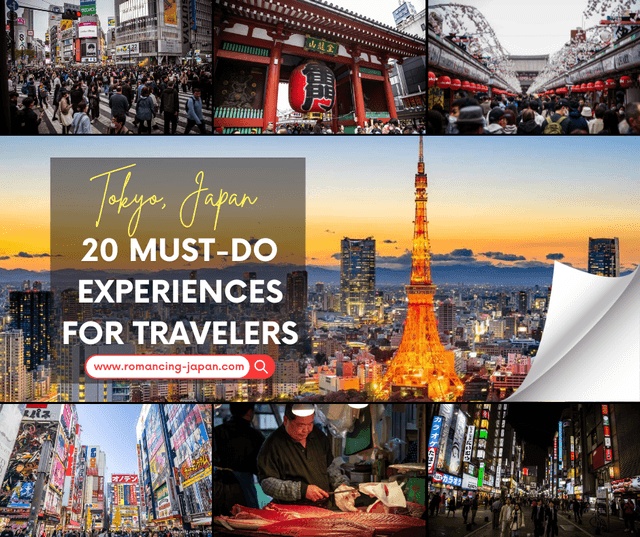
Tokyo Favorites: 20 Must-Do Experiences for Travelers
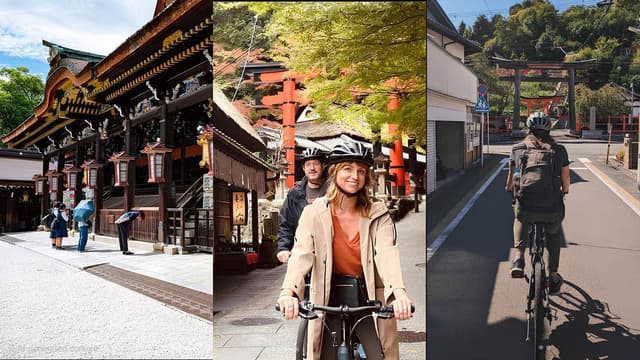
Kyoto Bike Tours: Discover the City’s Hidden Gems with Noru
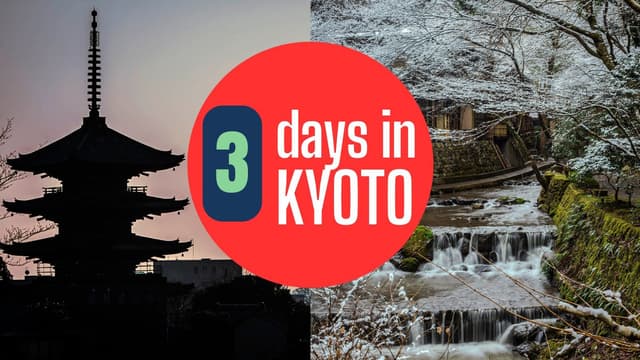
Kyoto 3-Day Itinerary: Best Things to Do for First-Time Visitors
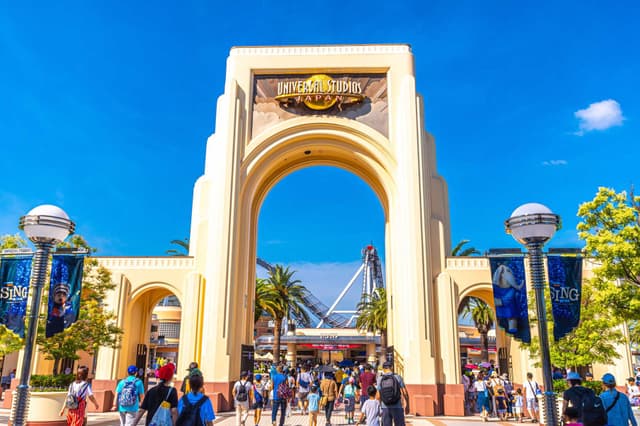
Universal Studios Japan Tickets: Your Guide to Visiting USJ
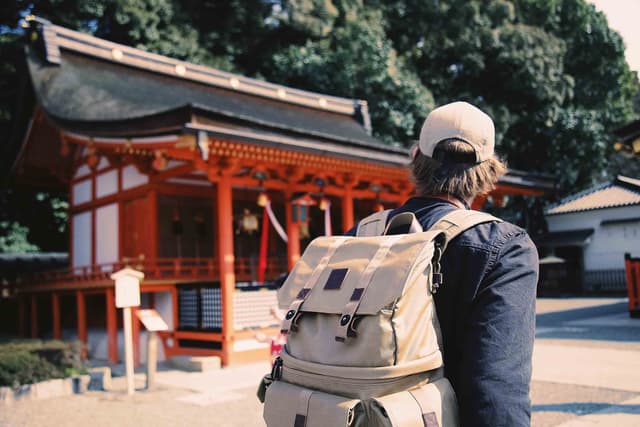
Find Out What Japan Really Thinks of Foreign Tourists
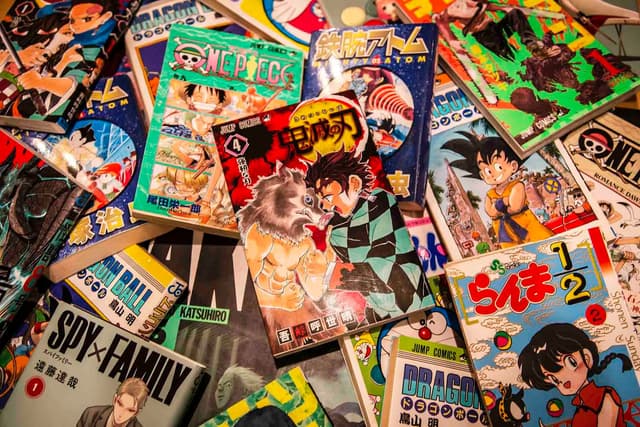
Manga Explained: Top Recommendations for Beginners
FAQs
No FAQs available for this post.
Loading Comments...

Akari Saunders-Wyndham
Hi everyone! My name is Akari and I'm a Kyoto native. I've studied English from a young age. I lived in Melbourne, Australia, for couple of years with my husband, James. However, I wanted to raise a family in my home country. I love cooking Japanese food at home because its much easier than people think. I also love discovering new places around Japan to take my family. I hope that my writing can help you discover more about Japanese culture.
Popular Articles
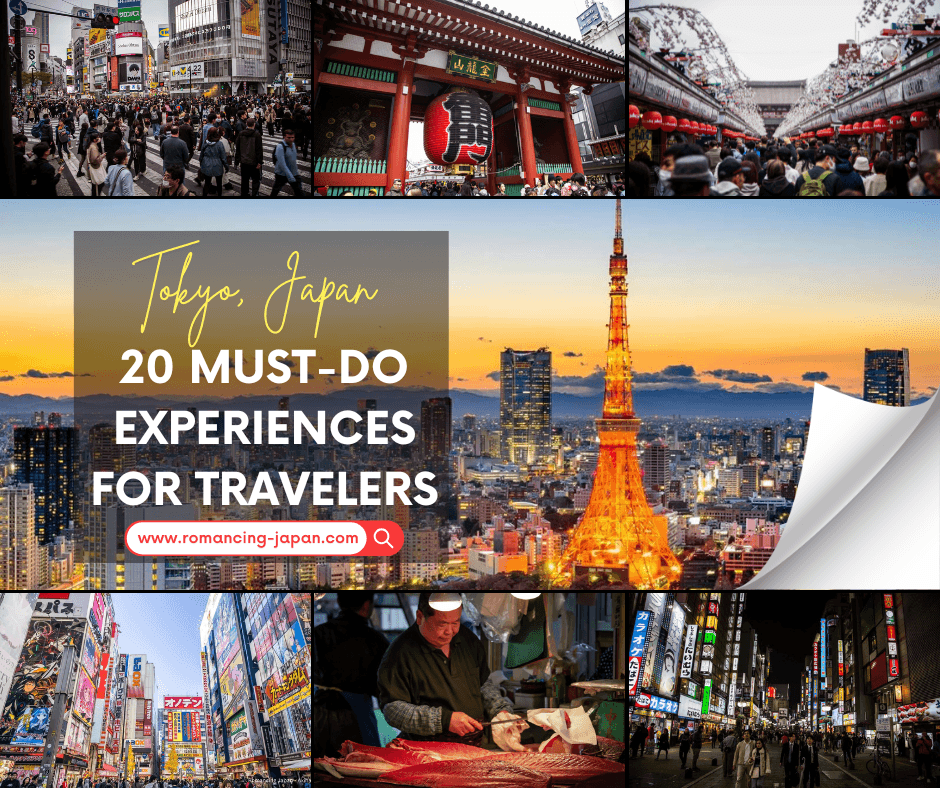
Tokyo Favorites: 20 Must-Do Experiences for Travelers
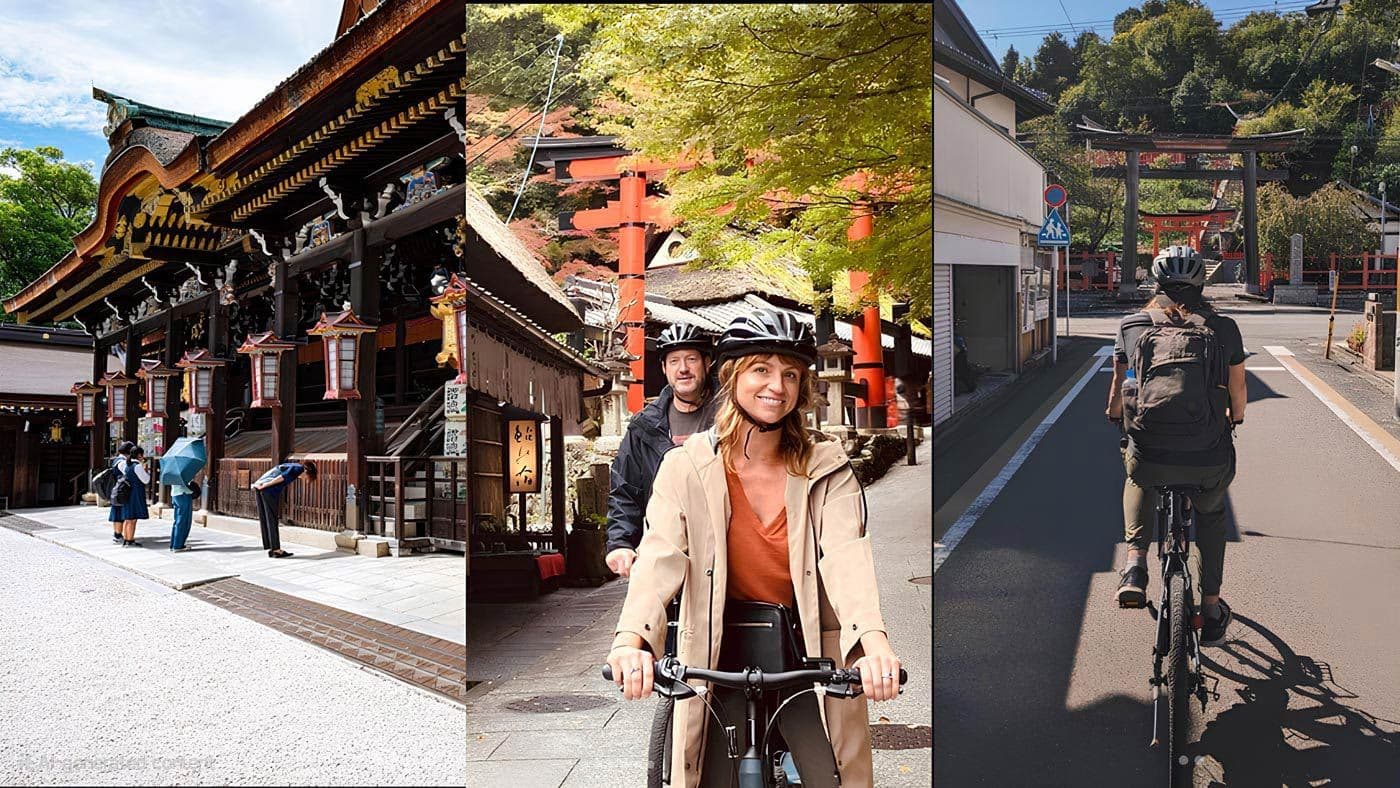
Kyoto Bike Tours: Discover the City’s Hidden Gems with Noru
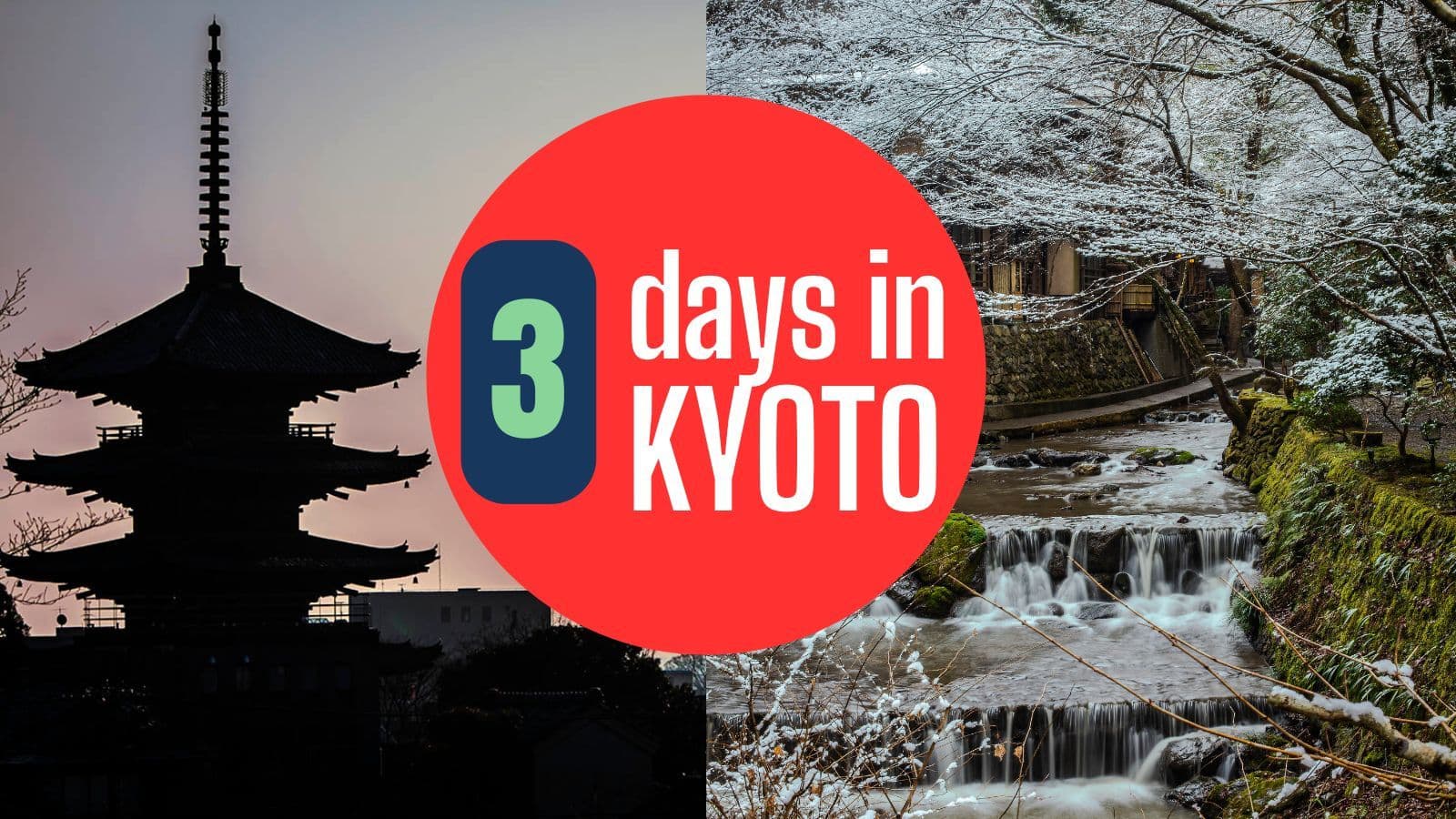
Kyoto 3-Day Itinerary: Best Things to Do for First-Time Visitors
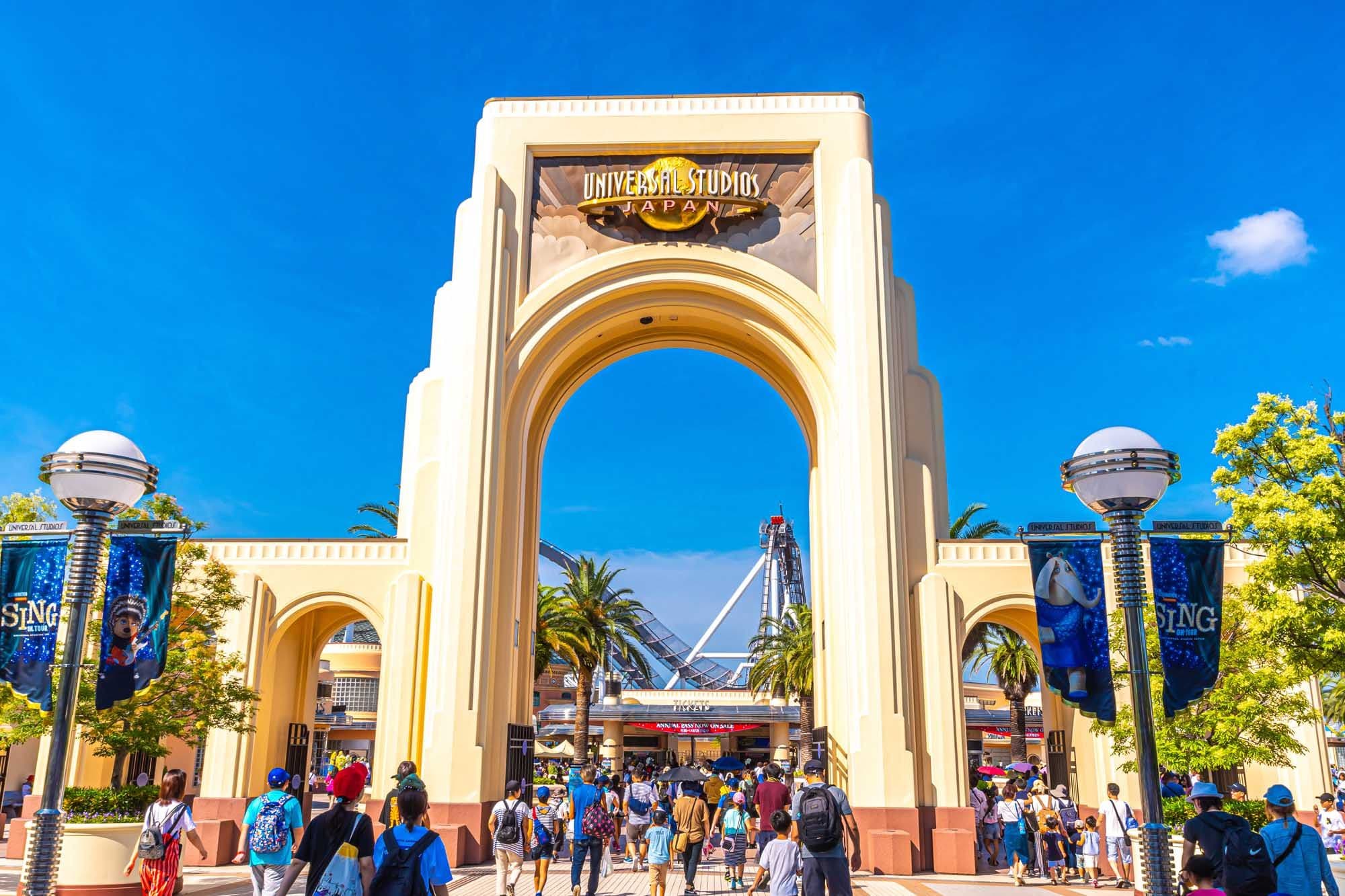
Universal Studios Japan Tickets: Your Guide to Visiting USJ
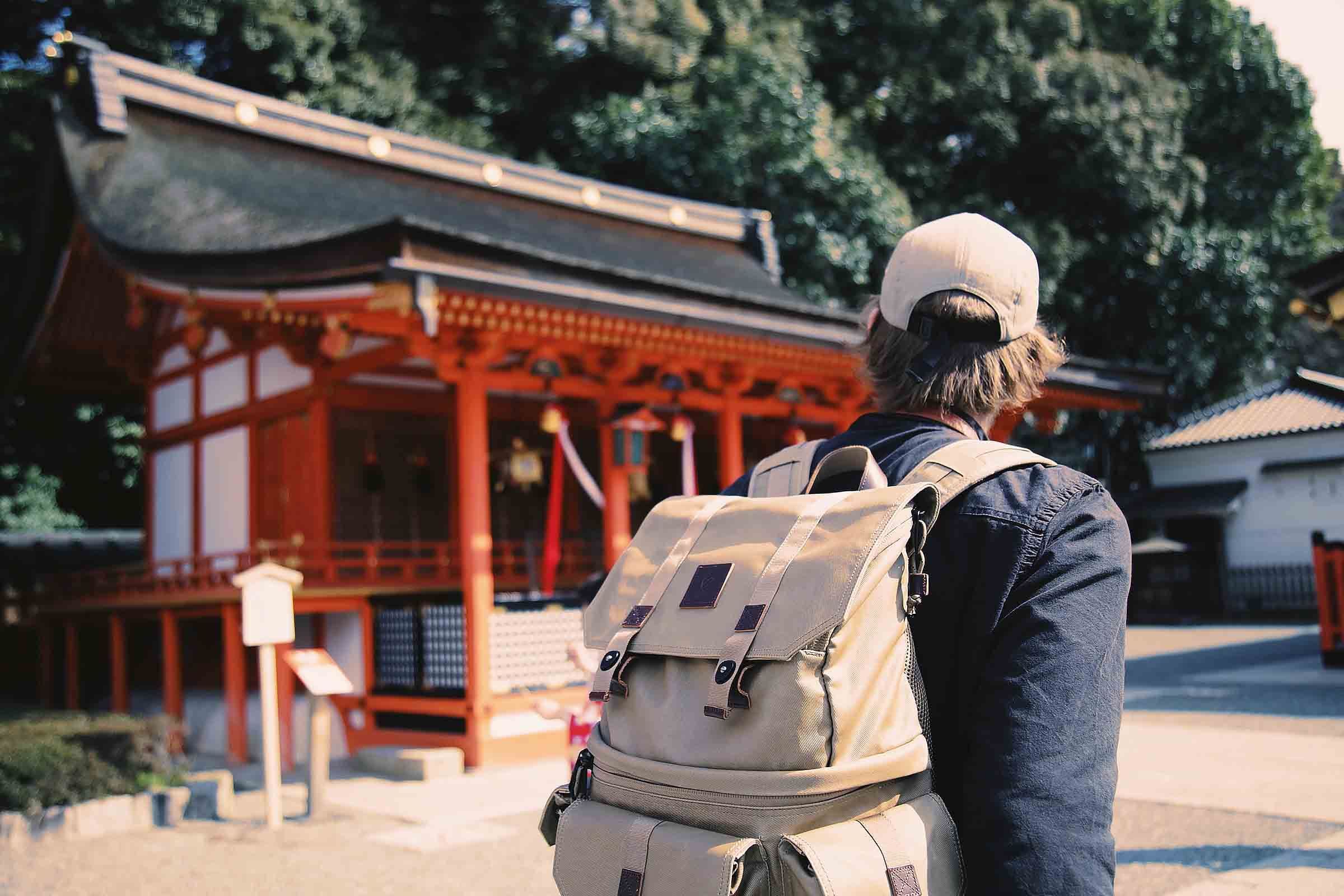
Find Out What Japan Really Thinks of Foreign Tourists
